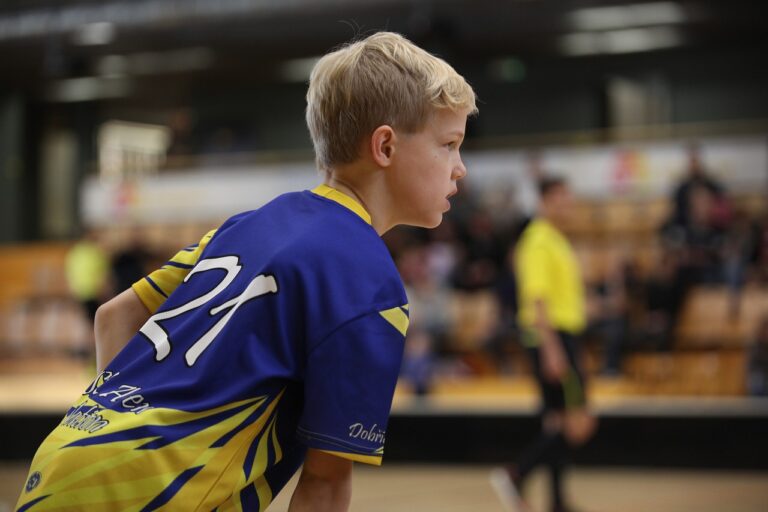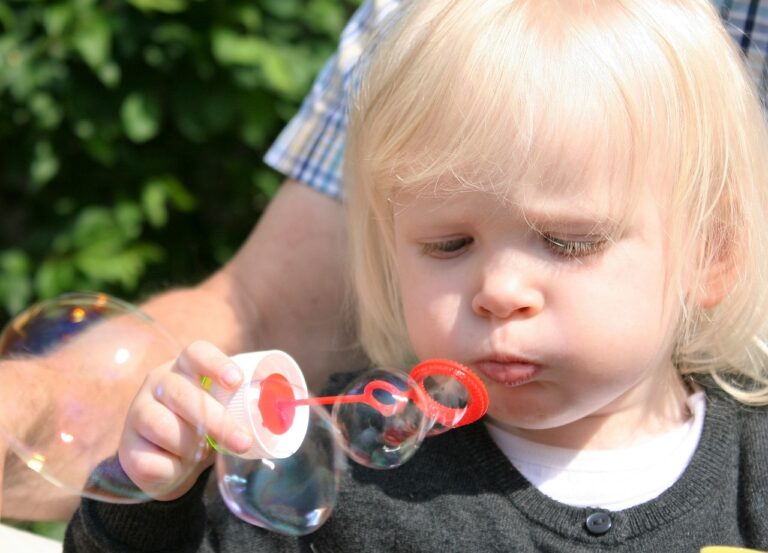The Influence of Cultural Exchange on Dance Styles: Fusion and Cross-cultural Collaboration
Dance styles have long been deeply intertwined with the cultural heritage of diverse communities around the world. From the energetic movements of African tribal dances to the graceful gestures of classical Indian dance forms, each style carries with it a rich history and significance. Through the physical expressions and rhythmic patterns of dance, individuals not only connect with their roots but also celebrate their unique cultural identities.
The intricate footwork of flamenco reflects the passionate spirit of the Spanish people, while the fluid motions of traditional Chinese dance symbolize harmony and balance. These distinct styles serve as a form of expression and storytelling, allowing communities to preserve their traditions and pass down their artistic legacies from one generation to the next. Through the exploration of cultural roots in dance styles, we gain a deeper understanding of the values, beliefs, and experiences that shape the diverse tapestry of human expression.
Historical Evolution of Fusion in Dance
Fusion in dance has a rich history that dates back centuries, characterized by the blending of various cultural movements and styles. As different communities and societies interacted over time, their distinct dance traditions merged, giving rise to new and innovative forms of expression. This cross-pollination of ideas and techniques resulted in the creation of dynamic and diverse dance genres that continue to captivate audiences worldwide.
One striking example of fusion in dance is evident in the development of Latin ballroom dance. Originating from a combination of European and African dance influences, Latin ballroom dance has evolved into a vibrant and sensuous art form that embodies passion, rhythm, and elegance. The seamless integration of traditional dances like the salsa, samba, and mambo with contemporary movements has contributed to the global popularity of Latin ballroom dance and its enduring appeal among dancers and spectators alike.
Impact of Globalization on Dance
Globalization has significantly transformed the world of dance, creating a melting pot of styles and influences from different cultures around the globe. As boundaries between countries continue to blur, dancers are increasingly drawing inspiration from diverse traditions, resulting in a rich tapestry of fusion and innovation. This intermingling of techniques and movements has led to the emergence of unique dance forms that reflect the interconnected nature of our global society.
Moreover, the accessibility of dance through digital platforms and social media has played a pivotal role in spreading diverse styles to a wider audience. Dancers now have the opportunity to showcase their talents on a global stage, reaching far beyond their local communities. This increased visibility has not only facilitated cultural exchange but has also fostered greater appreciation and understanding of the nuances and intricacies of different dance traditions.
How has globalization affected the cultural roots of dance styles?
Globalization has led to the spread and popularization of different dance styles across the world, resulting in the fusion of traditional and contemporary elements in many dance forms.
What is the historical evolution of fusion in dance?
Fusion in dance has been a result of cultural exchanges and interactions between different communities and regions over centuries, leading to the development of unique and diverse dance styles.
How has globalization impacted dance in the contemporary world?
Globalization has facilitated the exchange of ideas, techniques, and styles among dancers from different cultures, leading to the creation of innovative and eclectic dance performances that reflect a blend of diverse influences.
What are some examples of dance styles that have been influenced by globalization?
Some examples of dance styles that have been influenced by globalization include hip-hop, contemporary dance, and Bollywood dance, which incorporate elements from various cultures and traditions to create a unique and dynamic form of expression.
How can dancers navigate the challenges and opportunities presented by globalization in the dance world?
Dancers can embrace globalization by learning from different dance traditions, collaborating with artists from diverse backgrounds, and adapting to changing trends in the global dance scene to create a more inclusive and vibrant community.







